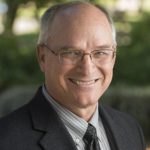Summer 2023 Alumni and Friends Tour—Landscapes Scotland and Ireland
Summer 2023 Alumni and Friends Tour—Landscapes Scotland and Ireland
We took our fifth alumni tour in the series of tours that began in 2017 to Scotland and Ireland (there have been earlier trips, but they were before my time). We had a wonderful time! This was the first tour we have taken that was partially planned around landscapes—the highlands of Scotland, the bogs, and coasts of Ireland for example.
Both countries have been influential in American history and culture. The descendants of the Scots have been everything from small farmers to presidents of the US, and the Irish diaspora from the nineteenth century potato famine sent hundreds of thousands here seeking work and a new beginning (and they have had a couple of presidents too, including President Biden). The people in Galway on the Atlantic coast of Ireland sometimes say that the next parish to the west is Boston.
Here is a sampling of what we saw.
Some of us started with a “pre-extension” to the tour with three days in London. We started with a tour of the city to get oriented. Many went on an optional excursion to Windsor Castle, the Kings residence, and to Stonehenge and Oxford. Some went the to see Shakespearean drama in a replica of the 17th century Globe theater. And some went to more contemporary plays, or hung out near Parliament and Big Ben, or visited the Tower of London, or St. Paul’s Cathedral, or Westminster Abbey. Three days is not nearly long enough for London. It is just enough to realize that you will need to visit again.
The main tour started in Edinburgh, the capital of Scotland. We stayed just off the Royal Mile, the old town with the Castle at the top that runs down through the market section, past St. Giles Cathedral, a major church of the Scottish Reformation, down to the Kings residence at Holy Rood (Holy Cross). We also visited Sir Walter Scott’s home and a medieval Cistercian monastery (the avantgarde spiritual movement of the 12th century). Scott put Scotland on the map and was one of the best-selling authors of the 19th century—something like Stephen King or even J. K. Rowling today.

From there we went to the highlands. Beautiful! Sometimes stark in the steepness of the hills, the grassy land empty of trees, and the long lochs (lakes). We stayed at Loch Ness for a couple of nights, but did not spot the monster, Nessie. We toured battle grounds and ancient farming areas. And met some Highland Cattle. Cattle have been a staple produce of Scotland for hundreds of years. From the highlands we traveled southwest to Glasgow, the second large city of the country after Edinburgh, and then by Ferry across the Irish Sea to Belfast in Northern Ireland.
In Belfast we had a guided tour of areas where violent events in the “troubles” took place between Catholic and Protestants in the 70s and 80s. This was a sad time, and it is still with Belfast. Some of our group went to visit the Peace Wall and the gates that are still locked each night, fencing off sections of the city. Most went to see the “Giant’s Causeway” on the northern coast, a unique rock formation (like Devils Postpile in the Sierras but larger). During a free afternoon some went to the Titanic Museum near the shipyards where it was constructed, and some went to see the C. S. Lewis square with its statuary of the characters of the Narnia stories, his birthplace, and the church where he was baptized, and his family worshipped.
From Belfast we traveled across Ireland to Galway. We stopped along the way at a working farm and sheep ranch, made Irish bread and had it for a lunch with soup, learned folk dances, and visited a bog—sometimes still used to gather peat to dry into bricks for burning for cooking and heating. In Galway we toured the city and enjoyed a city where the Irish vacation.
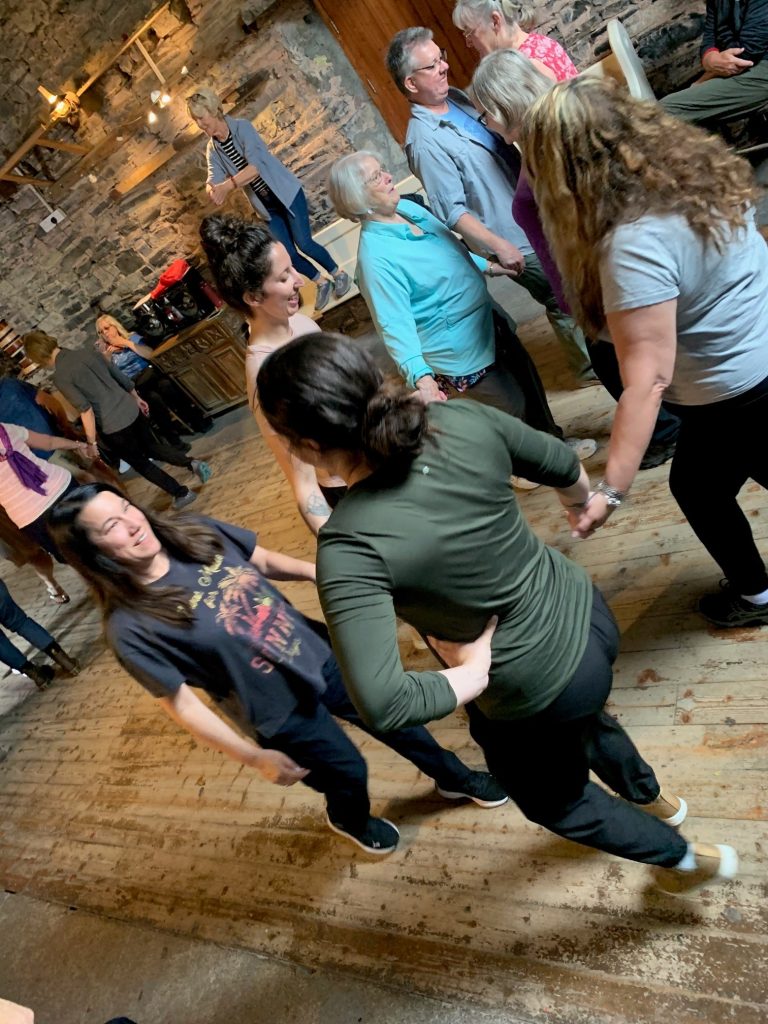
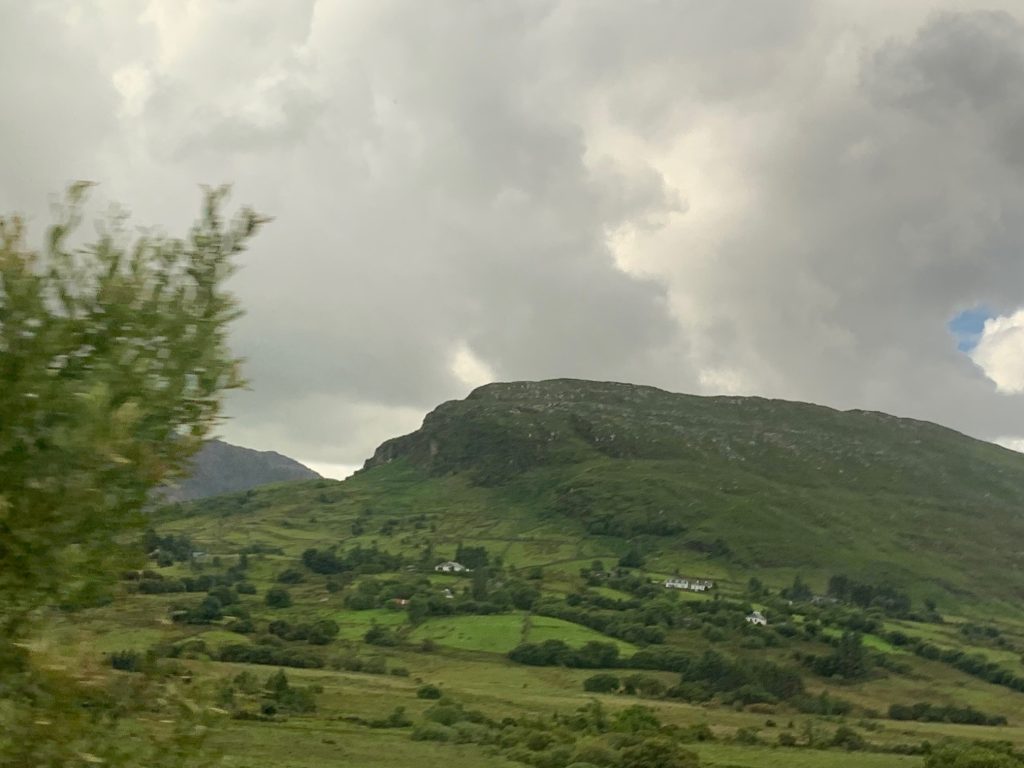
One evening a large group of us enjoyed dinner in a castle, and two of our group were the designated King and Queen for the evening. All went well until the king commanded that I give a brief talk on peace in the Middle Ages. It was brief, and I am sure the seventy-five people or so at the dinner do not remember it now. We also saw in Galway an energetic concert of Irish music and traditional dancing, of the kind you may have seen in “Riverdance” that was so popular and toured around the US maybe twenty years ago. And we visited a 19th century Gothic revival estate called Kylemore Abbey, now both a tourist destination and the site of an ongoing monastic community of nuns.
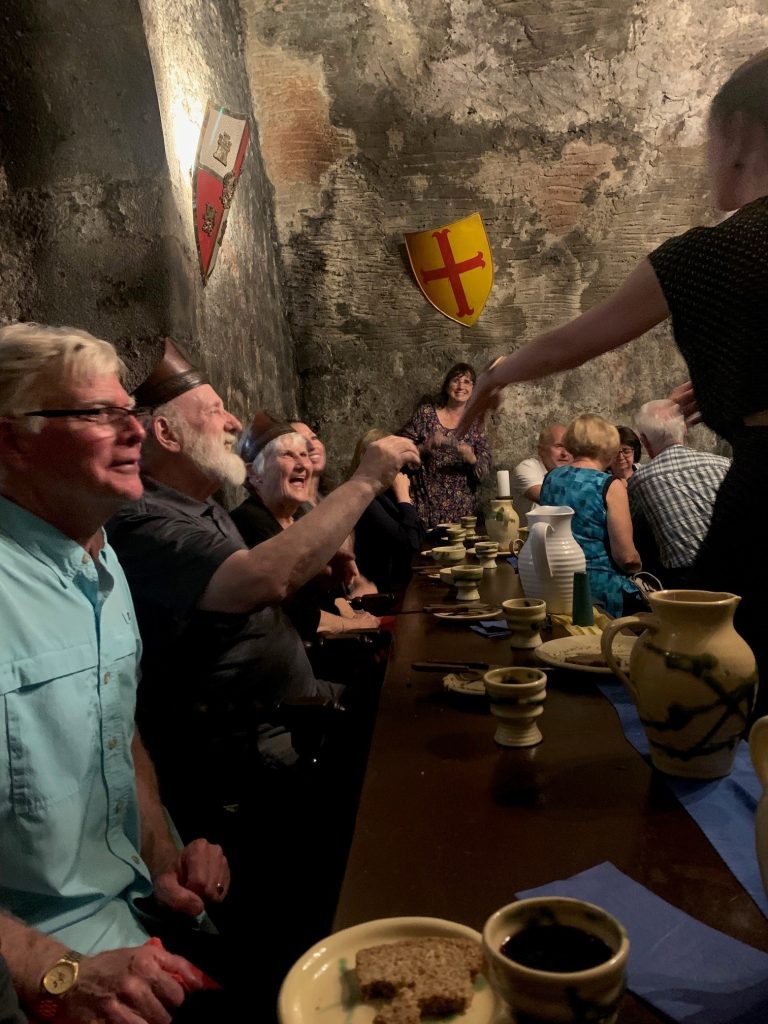
In the next few days, we visited the Dingle Peninsula—the rugged coast of Southwestern Ireland. The steep road over the hills narrowed to one lane in several times, and the experience divided our group into those who moved to the right side of the bus to look straight down the sheer cliff, and those of us who transferred to the left and tried not to think about it. The bus drivers in Europe are amazing, and fearless.
From there we visited a number of cities and castles on our way to Dublin, Killarney, Blarney castle with its famous stone (if I am wordy in this post, it may be because I and several others of our groups managed to lay down, lean back head first and kiss the stone), and Waterford where we visited the internationally known Waterford Crystal factory which still hand crafts its bowls, vases, ornaments, glasses and goblets, trophies, jewelry and anything else that might be made with fine cut glass.
Our last stop was Dublin where once again we toured the city, visited St. Patrick’s Cathedral (patron saint of Ireland), and Trinity College to see the Book of Kells. Many walked the city in small groups and enjoyed the people. Some visited the statues dedicated to victims of the famine, or the museum of the diaspora. Fifteen of us enjoyed “High Tea” at the 5-Star Shelbourne Hotel. And many of us traveled to Glendalough Abbey one of the influential early Christian sites about an hour from Dublin and afterwards joined in the Evensong service at St. Patrick’s cathedral. On our last evening we had a group dinner in a local pub and enjoyed the singing and merriment that the Irish are known for. Our guide through the whole of the two weeks, who lives just outside of Dublin, Liam, had us all joining in.
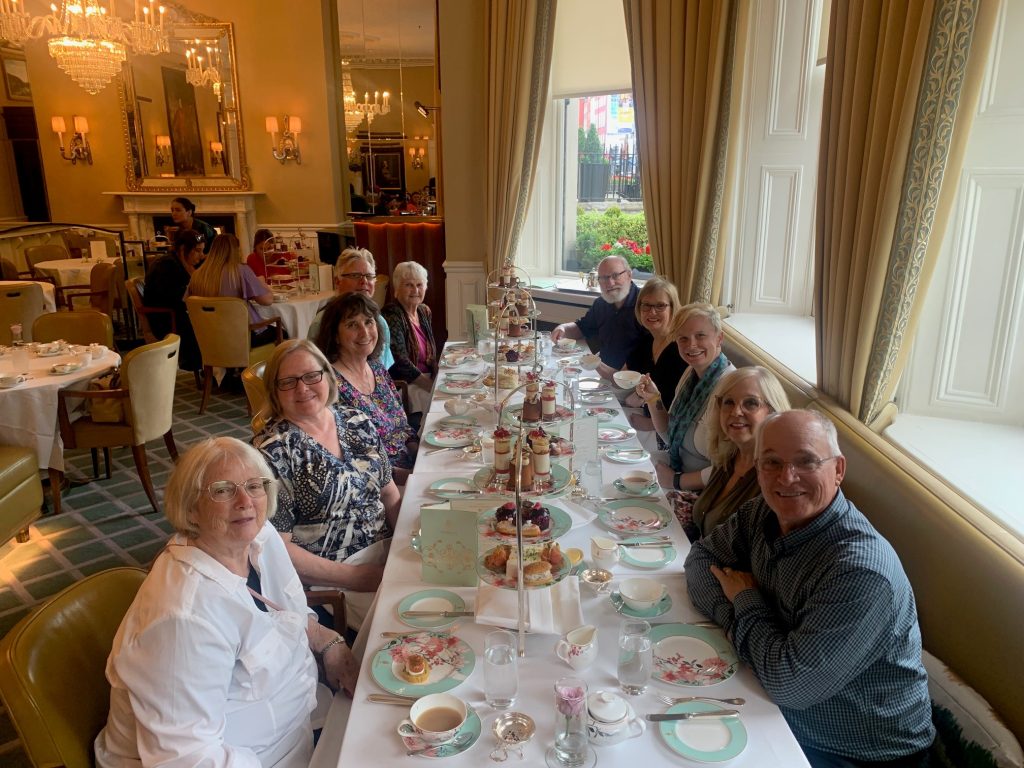
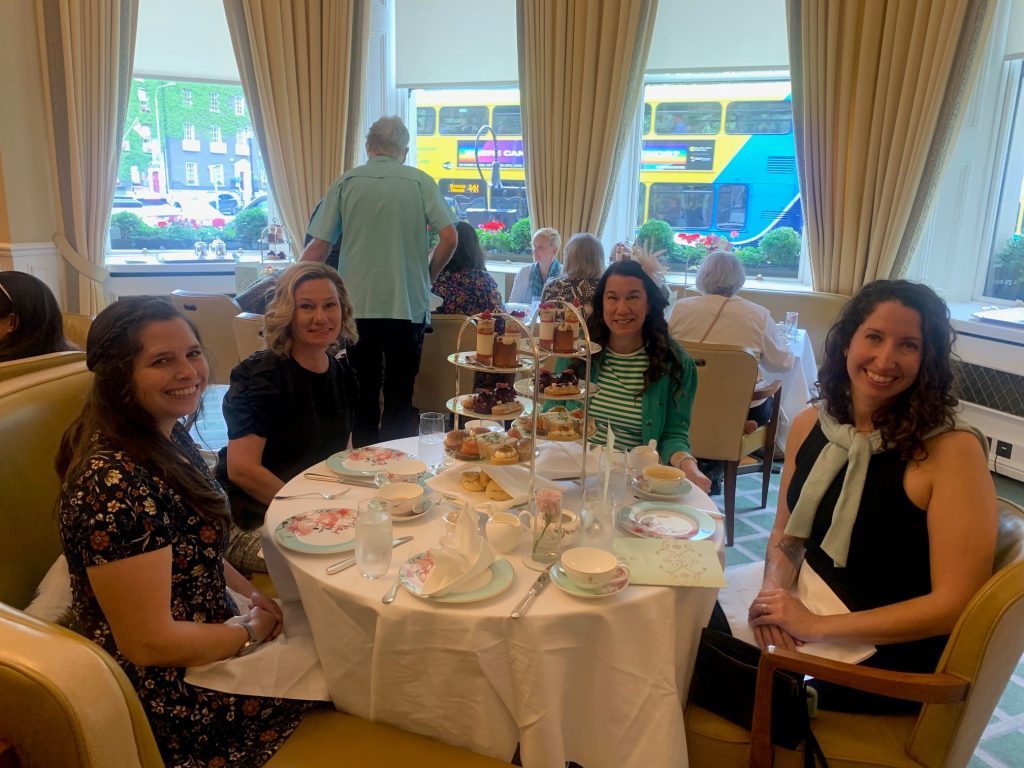
If it seems like a lot, well, it is! We are only on a tour for a couple of weeks, and never want members of our group going home saying, “I wish I had been able to see more.”
When we near the end of the trip, every year I ask people to write down their personal reflections about what they most remember or what touched them over the course of the tour. I have used these as I have written these words. One that always comes up multiple times is the enjoyment we have traveling together and the realization that hits everyone sometime along the way that we have met truly kind and welcoming people who live within different traditions and histories in a world that is much bigger than we know.
